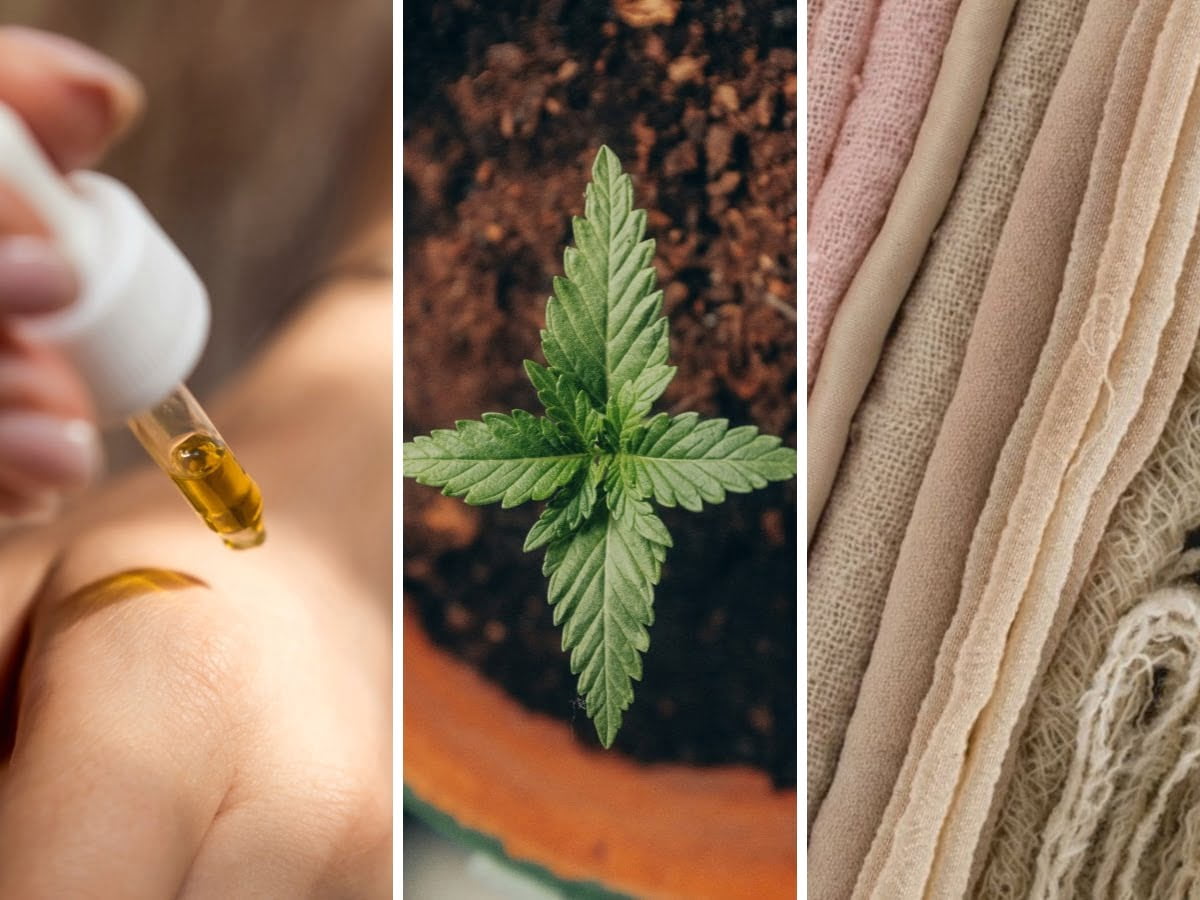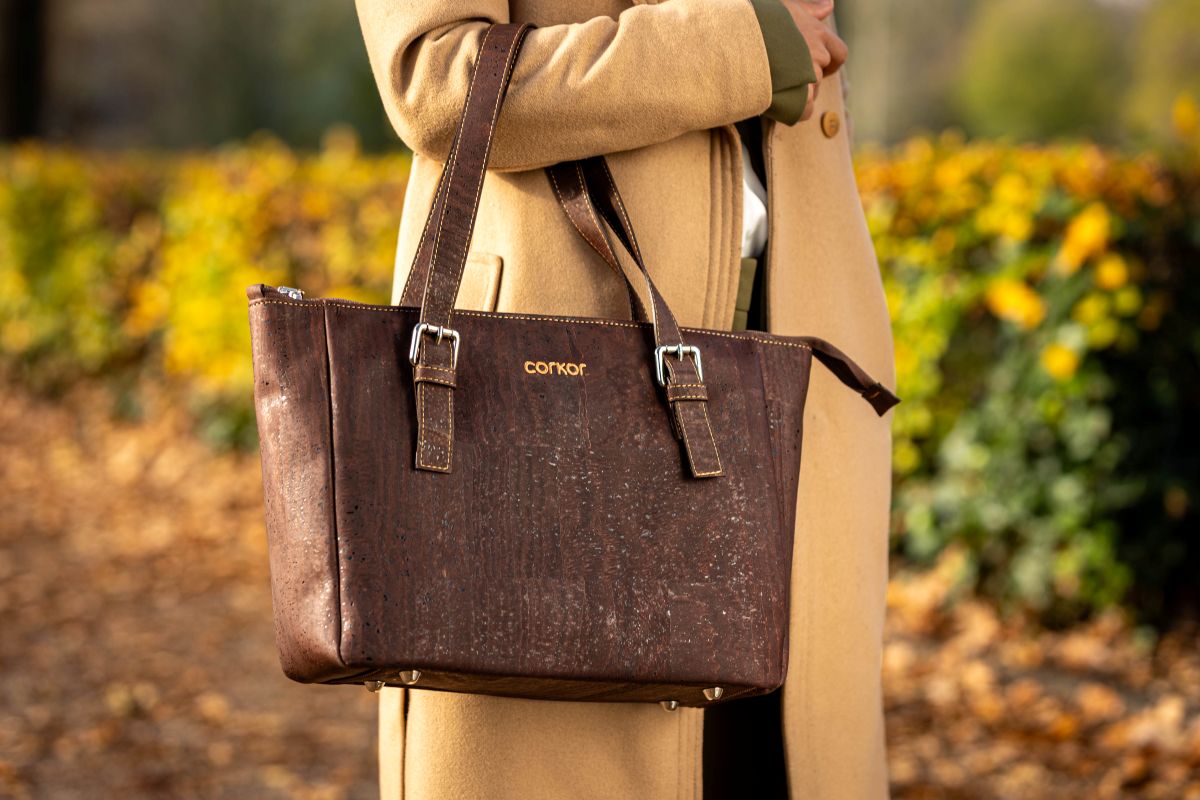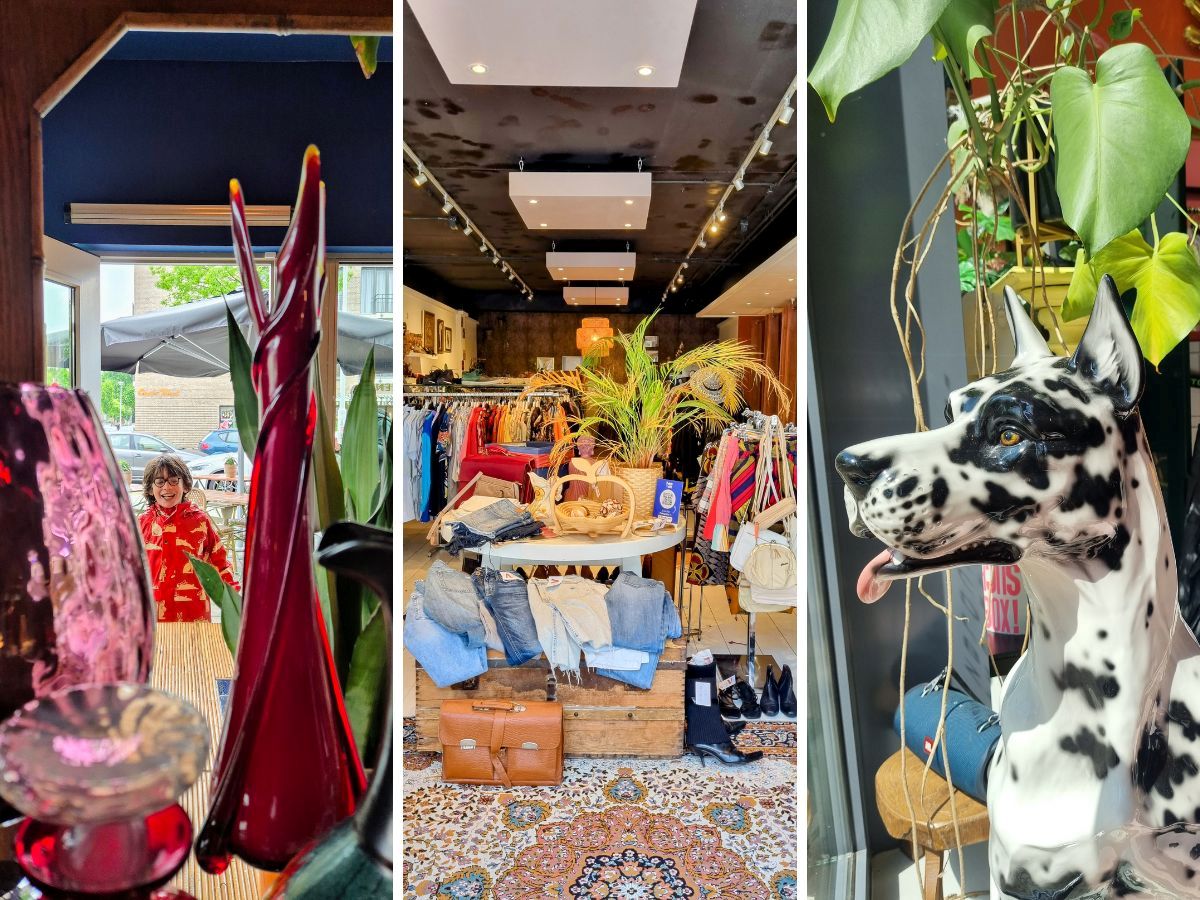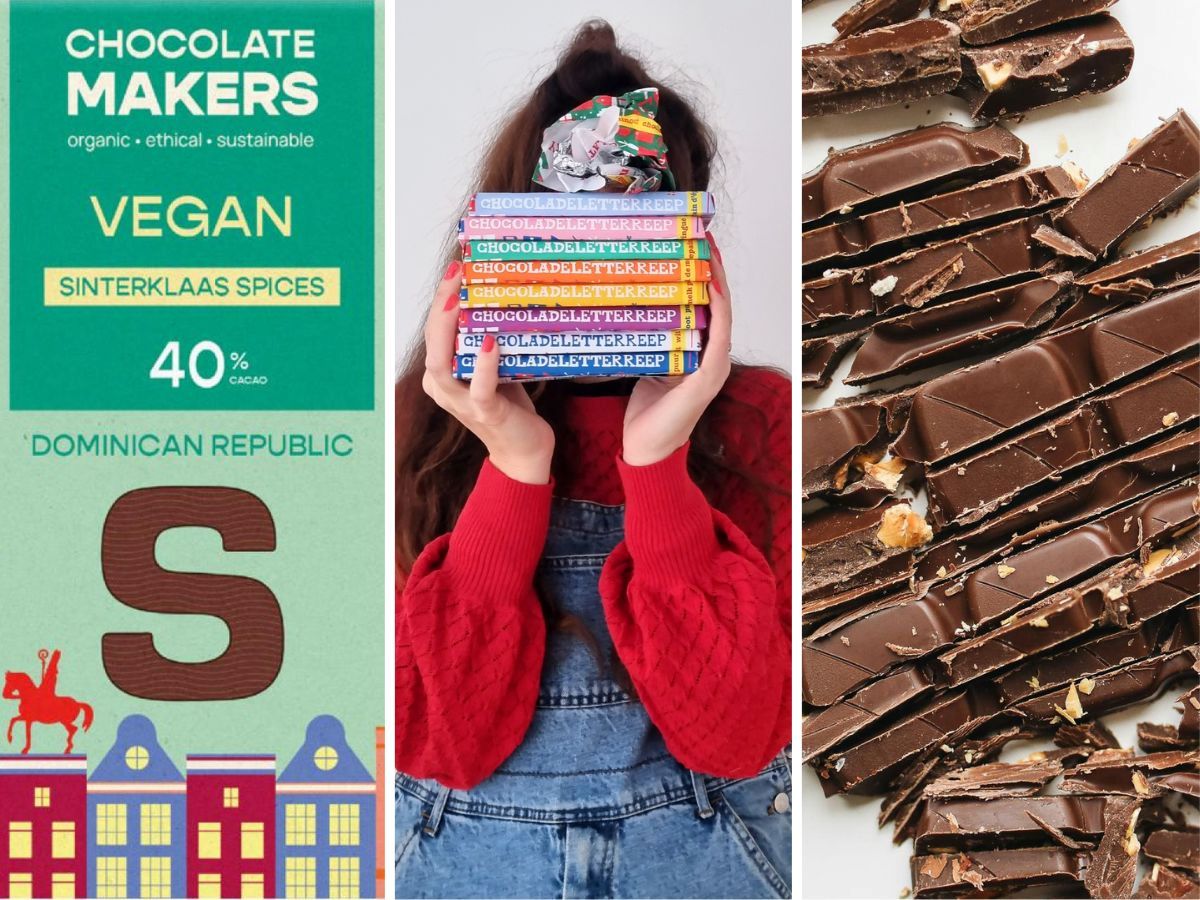Hemp is a true superplant. We hear you thinking... No, we really mean by ‘superplant’ something completely different from what you probably think of first right now. It has been used for thousands of years and in lots of different ways. For example, hemp can be made into garments, but also food, tea, cosmetics, building materials and much more. What exactly is hemp? What are the benefits of this material? And why is it a truly sustainable superplant? Read all about it in this article!
What exactly is hemp?
To start at the beginning: the hemp plant is also known as ‘Cannabis sativa’. The origin of this plant lies in China and India. There, it has been cultivated for thousands of years to make textiles or ropes, or processed into food. Via nomadic peoples, the crop ended up in Europe. Meanwhile, hemp is grown all over the world. Also in the Netherlands. Do you think you are a real trendsetter nowadays with your hemp sandals? No way, the Middle Ages were way ahead of you!
Going back to the hemp plant for a moment, this is a very fast-growing plant. In about a hundred days, it can grow up to four metres tall! Growing and harvesting requires little water and no pesticides or dangerous chemicals. This is because the plant is resistant to bacteria and fungi. In addition, the crop also provides good soil life. Is a soil completely depleted? Then hemp can help revive the soil. Sounds like a perfect plant, doesn't it?
Finally, you may know hemp mainly as cannabis, marijuana or weed. That's right, but this is a different hemp plant. The variety we are discussing in this article is industrial hemp. Industrial hemp has no psychoactive effects.


The hemp plant grows quickly and does not need pesticides. You can make all kinds of things from it, such as sustainable clothing.
What is it all used for?
Actually, the better question is: what for? Because hemp is so incredibly versatile that you can make anything and everything from it. Moreover, the entire plant can be used, which is ideal. The bast fibres of the hemp plant are widely used as insulation material. And, of course, for the production of textiles. This is then used to make clothes, such as jackets or T-shirts. Hemp can also be used to make shoes, such as sandals or trainers. The plant's wood parts, on the other hand, can be used for building materials.
The hemp plant not only provides fibre, but also hemp seeds (very rich in healthy omega-3 fatty acids). Hulled hemp seeds are delicious in a smoothie or over a salad. You can also use it to bake bread such as ‘The cannabis bread’ by Le Pain Quotidien. In addition, hemp seeds can also be pressed into hemp oil. This oil is then a component of skin care products or shampoo. And this is not even all! In short: hemp is a true superplant. But it wasn't always so.
The return of the hemp plant
Before cotton conquered the world in the seventeenth and eighteenth centuries, hemp was used for numerous purposes. It was used to make sails and ropes for ships, all kinds of clothing and even painting canvases. With the rise of cheap cotton, and man-made fibres, hemp was slowly but surely driven out of the market. In addition, hemp long suffered from the ‘cannabis image’ and strict drug laws. It was forbidden to grow hemp in many European countries for many years. And yet there really is a big difference between growing hemp for cannabis and growing hemp for cotton, building materials, food, and more.
Meanwhile, fortunately, the hemp plant is busy recapturing the world again. And we are very happy about that, because this sustainable material deserves more attention. This super plant can not only be grown sustainably, but also processed sustainably (without chemicals!). In short: we need the hemp plant for a sustainable future.
Lovely clothes made of hemp
Hemp is not only suitable for (summer) clothes because it is wonderfully soft and breathable. So it stays fresh for longer. So you need to worry less about (sweat) odours. And another great advantage: this also makes hemp ideal for allergy sufferers. Besides, hemp is simply a very strong material, which is why it often lasts longer than cotton garments. Hemp clothes also become softer the more you wash them (but don't use this as an excuse to wash your clothes extra often, because there is no need for that).
The future of hemp
In conclusion, although hemp is grown all over the world, the production of clothes is now mainly done in China. This is simply because developments in Europe have long been stalled due to strict legislation. In China, they currently have better facilities, such as good machines, to process the material. Of course, we hope that more clothes made of hemp will soon be produced in Europe as well. Until then, we have to accept that we cannot always be sure how the hemp is grown, processed and produced.
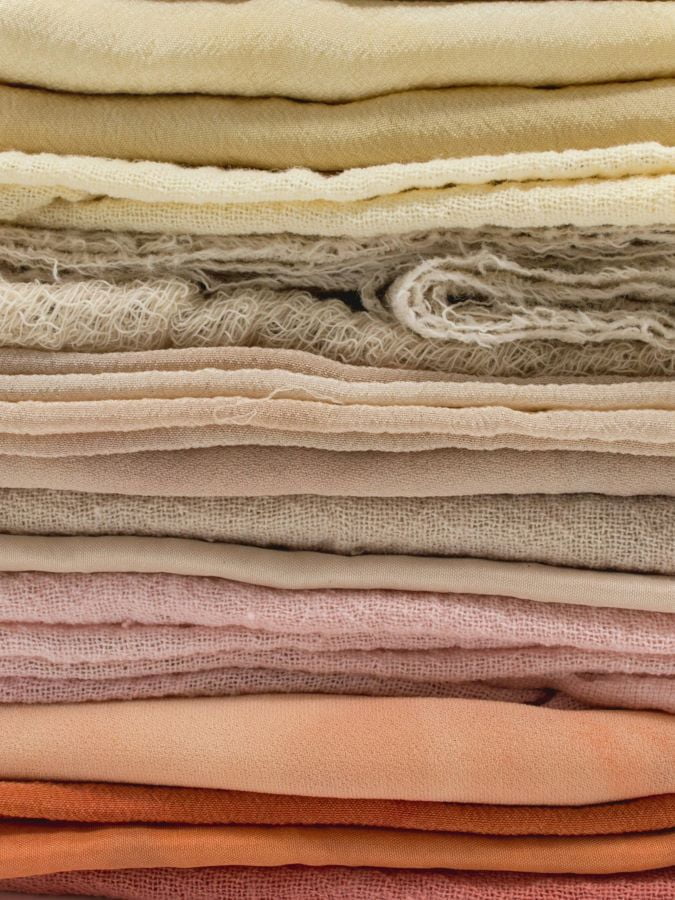
Fabrics made from hemp.
In this article, we introduced you to the hemp plant. This ancient super crop is thankfully back on the scene. And as you learned: hemp really is so much more than just raw material for clothes or building materials. Will you be drinking a nice cup of hemp tea soon? Enjoy!
More sustainable tips from thegreenlist.nl
- Is vegan leather a sustainable and animal-friendly alternative? Read all about it.
- Wondering which clothing materials are fine and sustainable? We figured that out for you.
- Crazy about gold jewellery? Then read how durable gold jewellery is here.
Sources: European Commission, Wageningen University, Soul Stores. Photo credits: main image: Enecta Cannabis Extracts (Unsplash), Ryan Ancill (Unsplash), Mel Poole (Unsplash), hemp plants: Matteo Paganelli (Unsplash), clothes rack: Sam Lion (Pexels), fabrics: Mel Poole (Unsplash).

